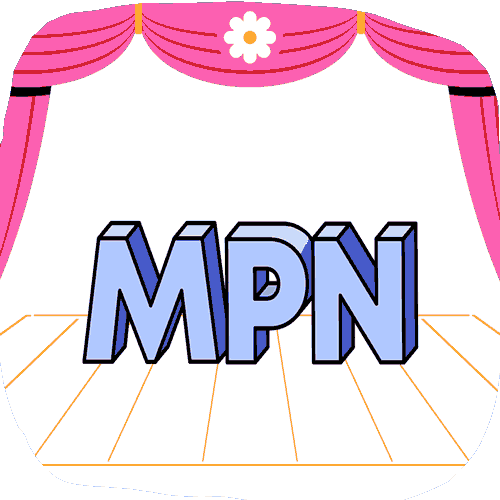Claims Admin Directory: FREE MPN Info Added!

In California workers’ comp, the Medical Provider Network (MPN) system is confusing and convoluted — largely by design.
It is nearly impossible for doctors to locate information about MPNs that are established by insurers and self-insured employers. Yet, for each injured worker, it is critical that the doctor determine whether the doctor is included in the employer’s MPN. If the doctor is not included in the employer's MPN, the claims administrator will deny reimbursement for treating that employee.
California grants only two kinds of entities the authority to establish an MPN that restricts workers’ choice of doctors:
- An insurer that provides workers compensation coverage for the employer, or
- A self-insured employer that opts to forgo workers’ comp insurance coverage
For their part, doctors rarely know if the employer is self-insured; for insured employers, doctors rarely know the name of the insurer.
Typically, doctors know only the employer’s designated claims administrator, to which the doctor sends the bill. For that reason, we added another heap of helpful data to our free Claims Administrator Directory.
To assist doctors in determining whether they are included in an insurer or self-insured employer’s MPN, daisyBill combed through all 2,470 MPNs listed by the Division of Workers’ Compensation (DWC), and published our findings establishing which insurer/employer MPNs are associated with each claims administrator.
For the 593 California insurers, self-insured employers, and third-party administrators (TPAs) billed by our providers, the Directory now includes information for all known associated MPNs, where applicable, including:
- The number of MPNs associated with each claims administrator
- MPN ID numbers
- MPN names
- MPN applicant names
- MPN approval status
- MPN websites (where reported)
Read on to learn how to use this searchable workers’ comp MPN directory, available to all at no cost (read: FREE).
Finding Claims Admin MPN Information
To access all the available details about the insurer or self-insured employer MPNs associated with a given claims administrator, start at our Claims Administrator Directory homepage. Then, search for the claims administrator by name.
Each Claims Administrator Profile displays the number of insurer or self-insured employer MPNs where daisyBill found an association between the claims administrator and either an insurer or employer’s MPN. How we determined these associations is explained further below.
To see the full list of insurer/employer MPNs associated with the claims administrator, just click ‘View [number] MPNs.’
The MPN page includes a wealth of details about each MPN. As shown below, details include:
- MPN ID: The identification number assigned by the DWC to the MPN
- Applicant Name: The name of the entity that applied to the DWC to create the MPN — often, this is different from the name of the claims administrator
- Applicant Type: Whether the entity that applied to create the MPN was an insurance company, self-insured employer, Joint Powers Authority (JPA), or “entity that provides physician network services” such as a third-party administrator (TPA), bill review service, Preferred Provider Organization (PPO), or network payer
- MPN Name: The official MPN name according to the DWC list
- MPN Status: Whether the MPN is currently approved by the DWC, terminated, revoked, or if the application was withdrawn
- Approval Date: Date the MPN was officially approved by the DWC
- Website: If applicable, a direct link to any website associated with the MPN
The MPN information is also searchable; you can look up MPNs by the MPN name, the applicant name, ID number, or status.
MPN Information Source
The MPN information in the Claims Administrator Directory is based on the Division of Workers’ Compensation (DWC) MPN list, which currently lists 2,470 MPNs.
daisyBIll downloads and combs through the DWC list in an attempt to determine which claims administrator is linked to each insurer or self-insured employer’s MPN. That means manually investigating, based on the MPN applicant name or other known factors, to determine the claims administrator associated with each insurer or self-insured employer.
For example, for third-party administrator Athens, the Directory (below) reveals that one of Athen’s self-insured employer clients, the County of San Mateo, maintains an approved MPN.
Needless to say, all this MPN research is a significant undertaking for daisyBill — especially considering the absurd number of MPNs. For example, our painstaking work on the DWC list revealed that there are no less than 465 insurer/employer MPNs associated with TPA Sedgwick.
daisyBIll updates the Directory’s MPN information quarterly, as well as whenever the DWC updates its MPN list. That said, we encourage all providers to drop us a line if any of our MPN information appears incorrect, out of date, or incomplete — just click ‘Let us know!’ on the claims administrator’s profile page to send us a message.
Unfortunately, certain entities in the workers’ comp system stand to profit by keeping information out of providers’ reach. Adding MPN details to daisyBill’s Claims Administrator Directory is our latest effort to empower workers’ comp providers by sharing what we know — together, we’re stronger.
Protect your practice. Harness the power of daisyBill software, data, and expertise for faster, better workers’ comp billing. Reach out to learn how we can help.
CONTACT US
DaisyBill provides content as an insightful service to its readers and clients. It does not offer legal advice and cannot guarantee the accuracy or suitability of its content for a particular purpose.






.gif)
